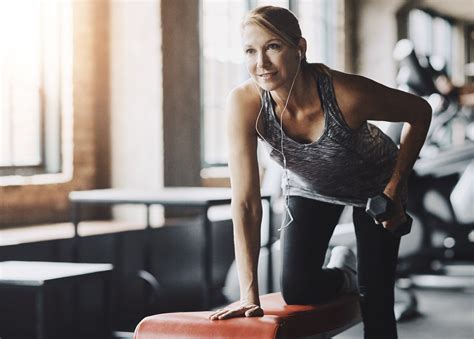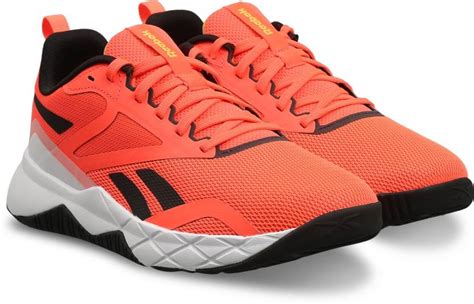The Unique Demands of Running for Heavier Men
Running is a fantastic way to stay fit, manage weight, and boost mental well-being. However, for men weighing over 200 pounds, the demands placed on the body, particularly the feet, ankles, knees, and hips, are significantly higher. Each stride generates an impact force equivalent to two to three times your body weight, meaning a 200-pound runner is generating 400-600 pounds of force with every step. Without the right footwear, this repetitive stress can quickly lead to discomfort, pain, and debilitating injuries.
Choosing the correct running shoes isn’t just about comfort; it’s a critical investment in your long-term running health and performance. Specialized running shoes are engineered to address the unique challenges faced by heavier runners, offering the necessary support, cushioning, and durability to keep you on the road or trail safely and efficiently.

Key Shoe Features for Injury Prevention
Max Cushioning: Your First Line of Defense
For runners over 200 lbs, maximum cushioning is non-negotiable. More cushioning translates to better impact absorption, dispersing the force across a larger area and reducing the shock transferred to your joints. Look for shoes with a generous stack height – the amount of material between your foot and the ground – and advanced cushioning technologies designed to provide a soft yet responsive ride. This helps protect against common issues like runner’s knee, shin splints, and plantar fasciitis.
While plushness is important, the cushioning shouldn’t feel ‘mushy.’ Modern cushioning materials offer a balance of softness and responsiveness, ensuring that you don’t feel like you’re sinking into the shoe. A good maximally cushioned shoe will provide a consistent, protective feel throughout your run, even over longer distances.
Stability and Support: Controlling Pronation
Many heavier runners experience overpronation, where the foot rolls excessively inward after landing. This can lead to misalignment up the kinetic chain, contributing to pain in the ankles, knees, and hips. Stability shoes, and in some cases motion control shoes, are designed to counteract overpronation by incorporating firmer materials or guides on the inner side of the midsole.
These features help to control the foot’s motion, ensuring a more neutral stride and reducing the stress on ligaments and tendons. It’s important to understand your gait type – whether you have neutral pronation, overpronation, or supination – as this will guide your choice between neutral, stability, or motion control footwear. A professional gait analysis at a specialized running store is highly recommended.

Durability: Built to Last
The increased impact forces from heavier runners mean shoes will break down faster. A durable shoe is essential, not just for longevity but also for consistent protection. Look for shoes with robust outsoles made from high-abrasion rubber, especially in areas of high wear. The midsole material itself also needs to be resilient, resisting premature compression and maintaining its cushioning properties over hundreds of miles.
Investing in durable shoes means you won’t have to replace them as frequently, saving you money in the long run and ensuring you always have the necessary support and protection underfoot. A shoe that maintains its structural integrity longer directly contributes to sustained injury prevention.
Boosting Performance and Comfort
Beyond injury prevention, the right running shoes can significantly enhance your performance. Shoes designed for heavier runners often incorporate responsive cushioning that, while absorbing impact, also provides a degree of energy return. This means some of the force you put into the ground is returned to you, giving your stride a more ‘springy’ feel and potentially reducing fatigue over longer distances.
Enhanced comfort translates directly to better performance. When your feet are well-supported and cushioned, you’re less likely to be distracted by discomfort or pain, allowing you to focus on your form and effort. This confidence in your footwear can lead to more consistent training, longer runs, and ultimately, improved speed and endurance. A wider toe box, robust upper materials, and secure lacing systems also contribute to overall foot comfort and a locked-down feel.

What to Look For: A Buyer’s Guide
When selecting your next pair of running shoes, keep these points in mind:
- Weight Category: Many brands offer models specifically designed for heavier runners, sometimes categorized as ‘maximum support’ or ‘high mileage’ shoes.
- Gait Analysis: Get a professional gait analysis to determine your pronation type. This is the single most important step.
- Fit is King: Ensure the shoe fits well, with about a thumb’s width between your longest toe and the end of the shoe. The midfoot should feel secure, and the heel should not slip. Try them on in the afternoon when your feet are slightly swollen.
- Try Before You Buy: Walk or ideally run a short distance in the shoes in-store to get a feel for them.
- Arch Support: Consider if you need additional arch support, which may require specific insoles or shoe models.
Don’t be tempted to opt for lighter, minimalist shoes unless advised by a professional who has assessed your specific needs and running form. For most men over 200 lbs, a more structured and cushioned shoe will be the safest and most effective choice.

Conclusion: Invest in Your Running Journey
Choosing the right running shoes is arguably the most critical equipment decision for men over 200 lbs. It’s not just about finding a comfortable pair; it’s about providing your body with the necessary protection to withstand the forces of running, prevent common injuries, and empower you to train consistently and effectively. By prioritizing maximum cushioning, appropriate stability, and durable construction, you’re making a smart investment in your health, performance, and the longevity of your running journey.
Take the time to research, seek expert advice, and try on different models. With the right pair of shoes underfoot, you can enjoy all the benefits of running safely and confidently, pushing your limits and achieving your fitness goals without fear of setback.





